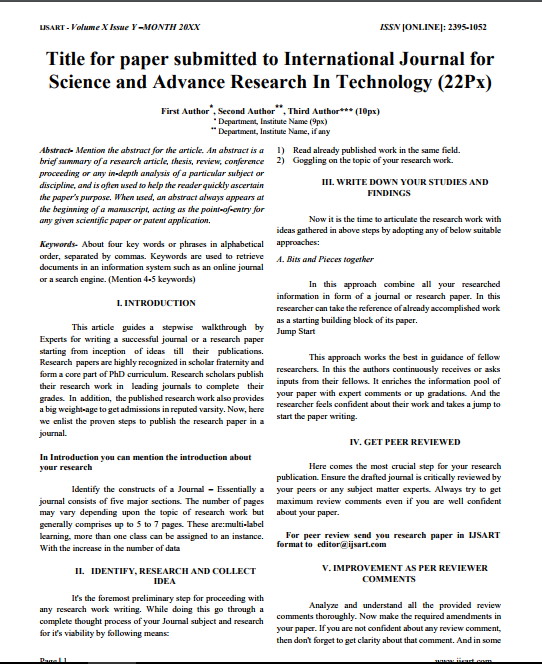EXPLORING THE ROLE OF MACHINE LEARNING IN ENHANCING CLOUD SECURITY |
Author(s): |
| Raguvijay SP |
Keywords: |
| Cloud security, machine learning, DDos, privacy, security |
Abstract |
|
The popularity and usage of Cloud computing is increasing rapidly. Several companies are investing in this field either for their own use or to provide it as a service for others. One of the results of Cloud development is the emergence of various security problems for both industry and consumer. One of the ways to secure Cloud is by using Machine Learning (ML). ML techniques have been used in various ways to prevent or detect attacks and security gaps on the Cloud. In this paper, we provide a Systematic Literature Review (SLR) of ML and Cloud security methodologies and techniques. We analyzed 63 relevant studies and the results of the SLR are categorized into three main research areas: (i) the different types of Cloud security threats, (ii) ML techniques used, and (iii) the performance outcomes. Moreover, distributed denial-of-service (DDoS) and data privacy are the most common Cloud security areas, with a 16% level of use and 14%respectively. On the other hand, we found 30 ML techniques used some used hybrid and others as standalone. The most popular ML used is SVM in both hybrid and standalone models. Furthermore, 60% of the papers compared their models with other models to prove the efficiency of their proposed model. Moreover, 13 different evaluation metrics were enumerated. The most applied metric is true positive rate and least used is training time. Lastly, from 20 datasets found, KDD and KDD CUP data set are the most used among relevant studies. |
Other Details |
|
Paper ID: IJSARTV Published in: Volume : 10, Issue : 5 Publication Date: 5/2/2024 |
Article Preview |
|
Download Article |


